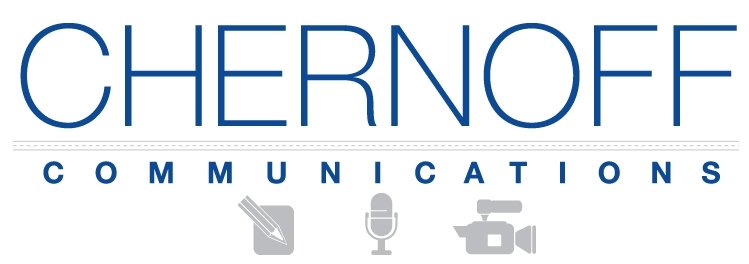“Oh, you want me to dumb it down,” is frequently the response I receive when advising media training clients to keep their answers simple during broadcast interviews. But simple is not dumb. Indeed, in television simple is a talent. It is the art of conveying information, no matter how complex, in terms that viewers can quickly grasp. Ideally, the more complex the question, the simpler the answer. This requires crystallizing, organizing, and articulating your thoughts in terms that are clear, concise, and compelling enough for an intelligent person to not only follow, but also remember. There’s nothing dumb about that.
A good broadcast news interview answer usually comes down to delivering a WHAT and a WHY.
Start your answer with a headline that captures your answer simply. That’s your WHAT. The more memorable a headline you can deliver, the better. Then, support that answer with proof points, which may include a story or analogy, an example, data, or research findings. That’s your WHY. You are answering with a statement of fact, or opinion—your WHAT—then backing it up with a WHY to make it convincing.
A good analogy can be the best way to simplify what otherwise might be a complicated, convoluted answer. For example, if a business news anchor were to ask an investment manager what the latest economic reports mean for the economic outlook, a simple, but memorable answer might be, “We’re going to have a Goldilocks economy—growth won’t’ be too hot, but not too cold either. That’s what the latest measure of economic growth tells us. The economy, as measured by gross domestic product, is expanding at two percent annual rate. I think Wall Street will see that as a perfect porridge to feed the stock market.”
As soon as you’ve answered with a strong WHAT and WHY, then, stop. You’ve achieved your mission by delivering a simple, smart answer. It’s now time to let the anchor proceed with another question. This is precisely what broadcast news anchors and producers want.
It’s what works for viewers as well. Keep in mind, TV viewers only have one chance to catch what you’re saying, unless they’re news addicts who are recording the program and plan to replay it. Moreover, television viewers are usually multitasking, whether it’s working with the TV on, cooking in the kitchen, exercising in the basement, talking, or simply texting on their smart phones while watching. These days, it’s rare for viewers to give their undivided attention to the news on television. So keeping it simple benefits everyone.
